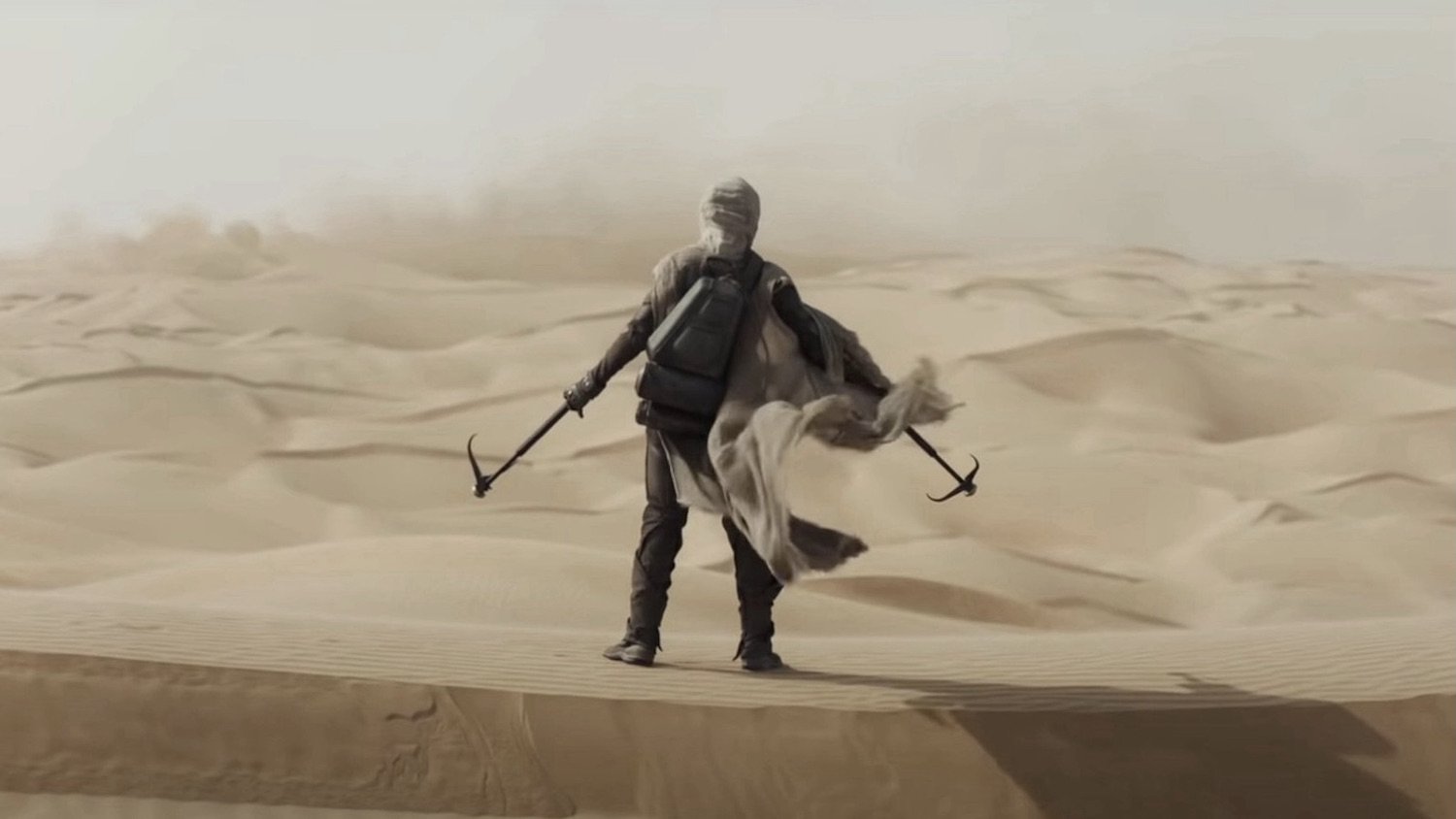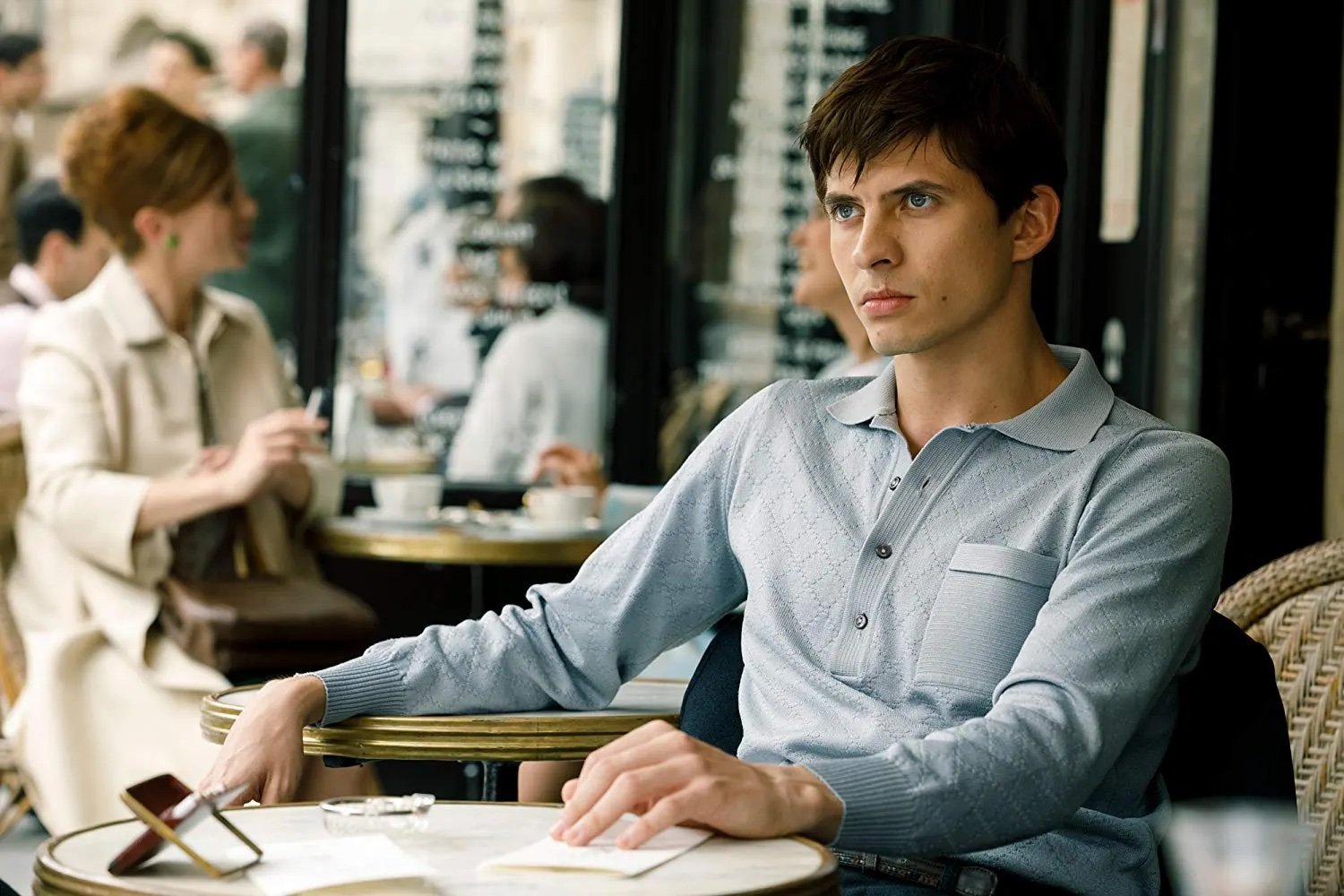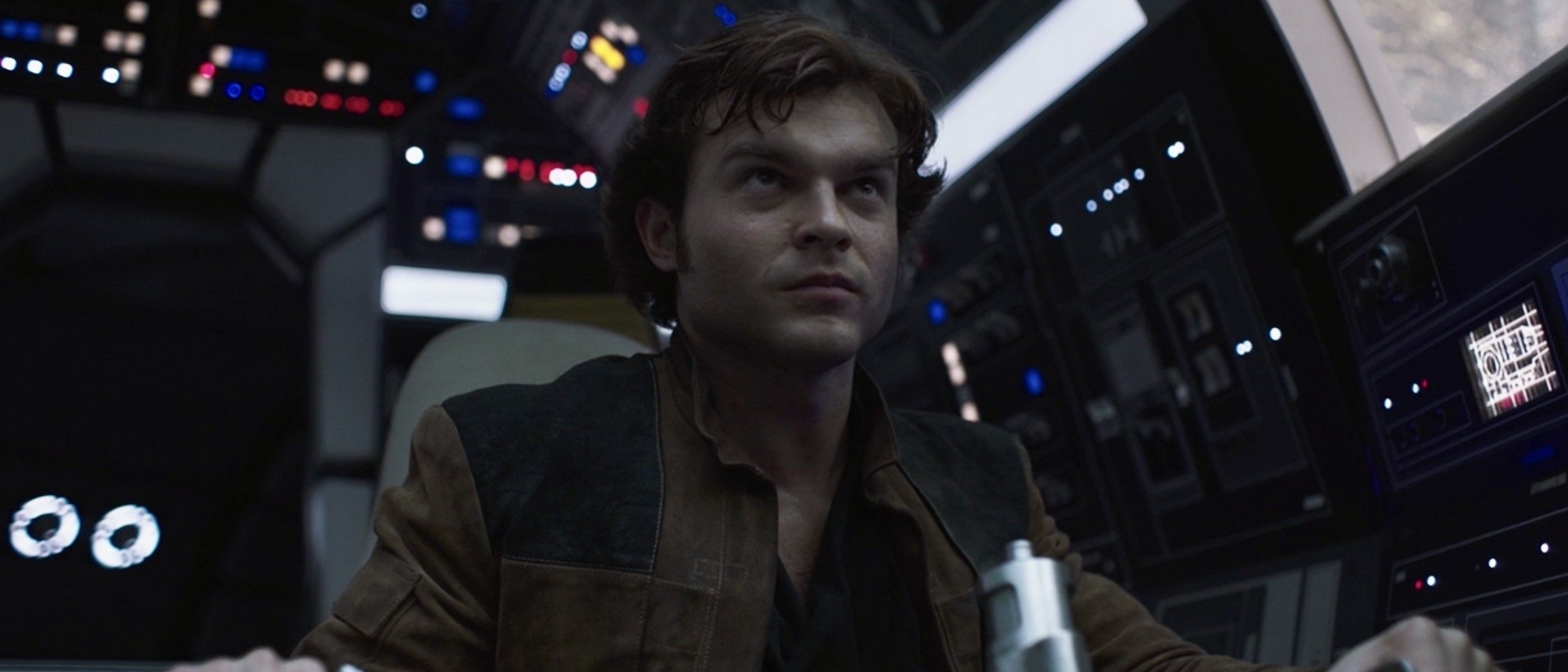“When I read the screenplay,” he said, “it was very clearly a strong dramatic role. There was dancing and ballet in the film, but it was a gift as an acting role. It was a great opportunity for someone. But I was very hesitant and nervous to cast an actor, who would have to learn ballet, which would be harder to pull off. Because, as you know, these dancers start when they’re very, very young, so the expression and gesture is in them in a very deep way. And I would have to then, if I chose an actor, I would have to have body doubles.”
This insistence on finding a real ballet dancer who could act sets The White Crow apart from movies like Darren Aronofsky’s Oscar-winning Black Swan, where controversy erupted over how much credit Natalie Portman’s dance double—American Ballet Theatre soloist, Sarah Lane—received for her work onscreen.
For the role of Nureyev in The White Crow, Fiennes ultimately went with Oleg Ivenko, a Ukrainian dancer with no acting credits. One of the qualities that made Ivenko stand out in the casting search was his potential star power.
“It sounds a bit simple,” Fiennes said, “but it is true that the camera loves him. So that, once you put a camera on Oleg, you want to watch. And that’s the quality of a movie star, I think, that you just want to watch what goes through their face.”













